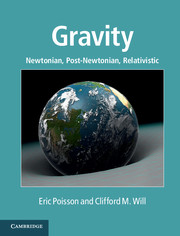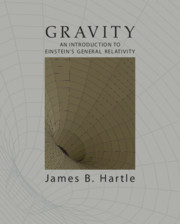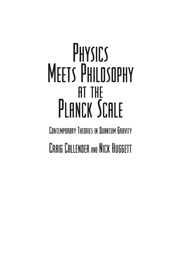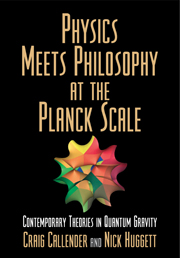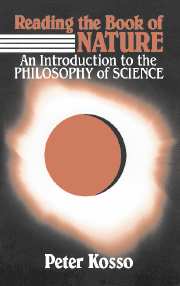What Goes Up... Gravity and Scientific Method
The concept of gravity provides a natural phenomenon that is simultaneously obvious and obscure; we all know what it is, but rarely question why it is. The simple observation that 'what goes up must come down' contrasts starkly with our current scientific explanation of gravity, which involves challenging and sometimes counterintuitive concepts. With such extremes between the plain and the perplexing, gravity forces a sharp focus on scientific method. Following the history of gravity from Aristotle to Einstein, this clear account highlights the logic of scientific method for non-specialists. Successive theories of gravity and the evidence for each are presented clearly and rationally, focusing on the fundamental ideas behind them. Using only high-school level algebra and geometry, the author emphasizes what the equations mean rather than how they are derived, making this accessible for all those curious about gravity and how science really works.
- Fundamental ideas on both the science of gravity and scientific method are developed together to demonstrate how one informs the other
- Uses only high-school level algebra and geometry, along with clear explanations to help make understanding gravity accessible to those without advanced mathematical training
- Helps develop an appreciation of the dramatic changes in scientific convictions over the course of history
Reviews & endorsements
'In Kosso's most recent work, the philosopher and physicist exhibits precision in language and thought. In a sense, What Goes Up is three works in one. A history of physics is intertwined with a non-mathematical conceptual physics text. Arising out of these two comes a philosophy of physics glue that binds the first two together. The evolution of one's 'understanding of gravity' … is used as the narrative, leading the reader from cover to cover. Philosophically, Kosso … helps the reader appreciate the scientific method as it comes to maturity out of a cooperation between observation and theory. He discusses such topics as the 'distinction between description and explanation', instrumentalism, and causal mechanisms. Especially easy to follow is his conceptual presentation on the metric and the manner in which the principle of equivalence leads to the gravitational red shift and the slowing of clocks - both normally difficult topics in general relativity.' J. F. Burkhart, CHOICE
'I would say that it is about how scientific knowledge develops over time, using the historical evolution of our understanding of gravity as a guiding thread. … What Goes Up … is certainly an excellent guide to the science of gravity and its historical evolution, from the standpoint of a 21st century expert. It is interesting, for instance, to compare the 'theories of principle' of Aristotle and Einstein with the 'constructive theory' of Newton. … The text is well written and accessible. My teenage children learned about non-Euclidean geometry from figures in the book and were intrigued by the thought that gravity is not a force field but rather a metric field, which determines the straightest possible lines (geodesics) between two points in space-time.' Carlos Lourenço, CERN Courier
Product details
January 2017Adobe eBook Reader
9781316868164
0 pages
0kg
56 b/w illus. 2 tables
This ISBN is for an eBook version which is distributed on our behalf by a third party.
Table of Contents
- Preface
- 1. Introduction
- 2. Forces and fields
- 3. Basic Newtonian theory
- 4. Gravity before Newton
- 5. Early modern astronomy
- 6. Connecting physics and astronomy
- 7. Connecting kinematics and dynamics
- 8. Testing the Newtonian theory
- 9. Challenging the Newtonian theory
- 10. Geometry and equivalence
- 11. The general theory of relativity
- 12. Testing the general theory of relativity
- 13. Using the theory to explore the universe
- 14. Dark matter
- 15. The structure of scientific knowledge
- Glossary
- Bibliography.


